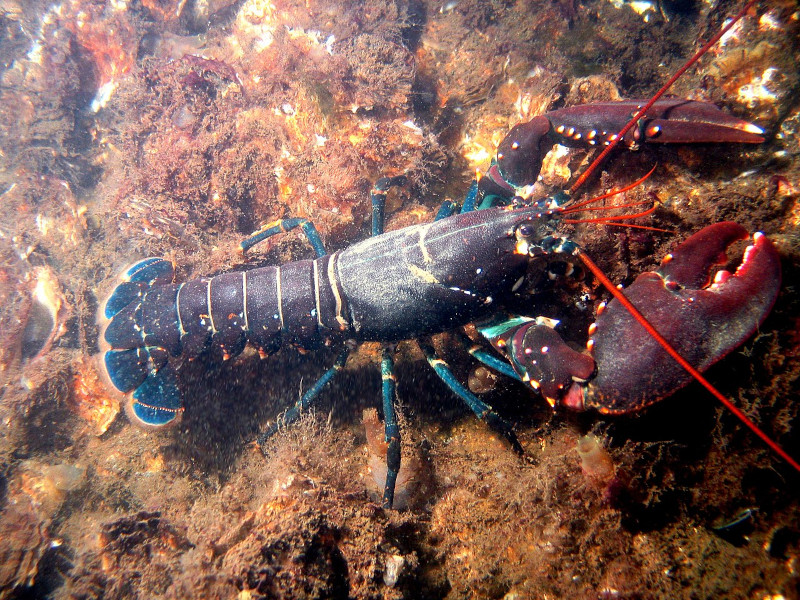
European Lobster Facts
- This gorgeous Arthropod most typically goes by the informative common name of the European Lobster for excellent reasons. It has a host of other, locally used general titles, though. These include Brittany lobster and Cornish lobster, among others.
- Within scientific circles, however, the natural wonder’s more often referred to by its technical designation. Thankfully, as such terms go, that’s an easy one for the layperson to pronounce. That’s because it holds the official tag of Homarus gammarus.
- The impressive Decapod received that epithet due to the efforts of Carl Linnaeus himself. The eminent Swedish researcher accomplished the first formal recognition of it as a separate and distinct species. He achieved that noteworthy feat in the year 1758.
- Though genetically distinct, the European Lobster is nonetheless closely related to the American Lobster. Fortunately, for the moment, its numbers appear to be remaining stable. That trend also seems to hold true across its known territorial range.
- The IUCN therefore presently lists it as Least Concern on its Red List of Threatened Species. It neverthertheless faces multiple threats to its continued existence. Though controls exist, it represents a highly popular food species for human consumption.
- The marvel of Nature also faces still more dangers. In this, it but mirrors the situation facing all life on this planet at this time. It finds itself dealing with the dangers posed by habitat degredation and loss, along with the ongoing effects of climate change.
Related Articles
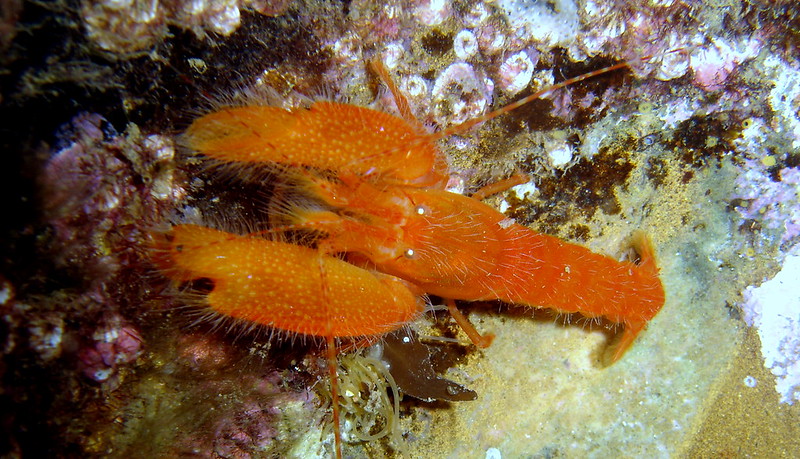
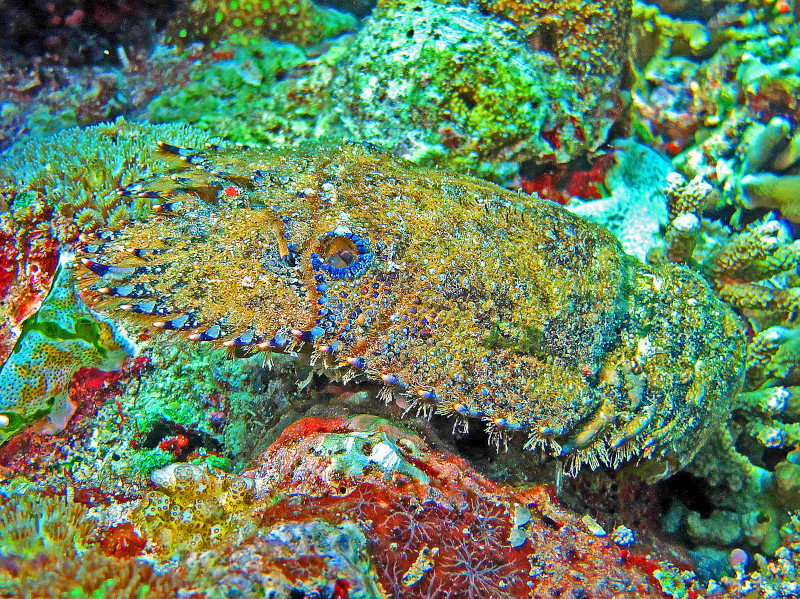
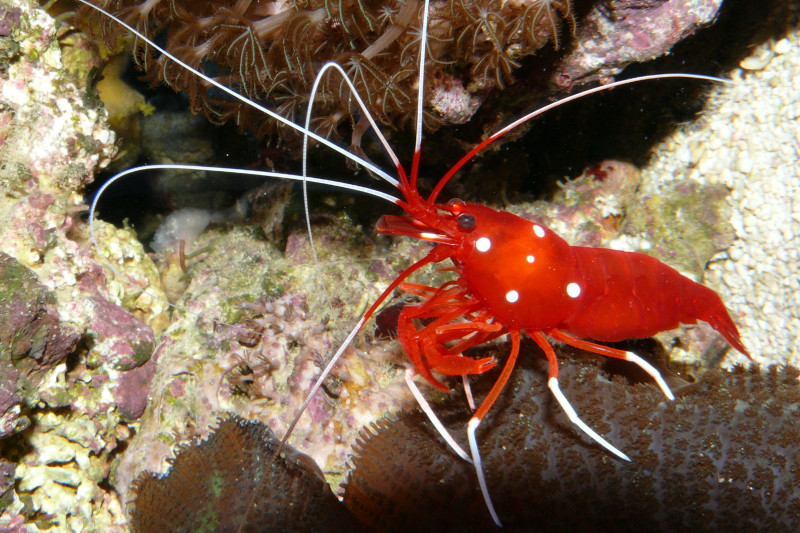
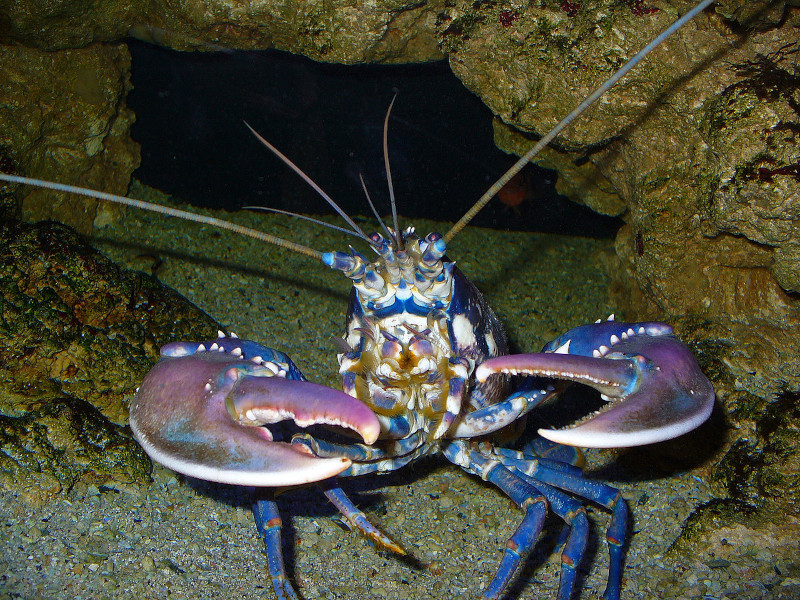
European Lobster Physical Description
The amazing European Lobster rarely fails to impress those who encounter the creature in its native environment. It usually does so due to both its beauty and its physical dimensions. Though certainly no giant, it’s nonetheless a relatively large variety of crustacean.
In this regard, it follows the pattern common to many of its relatives around the world. That’s in the fact that it dipslays a certain degree of the physiological characteristic of sexual dimorphism. In its case, the males tend to be larger than their female counterparts.
That gender-based difference, though, rarely becomes significant. Overall, the species typically attains a mzximum body length of approximately 24 in (60 cm). Mature specimens also tend to weigh roughly 11 – 13 lb (5 – 6 kg). Though rare, exceptional examples do occur.
The body of this marvel developed as divided into two main parts. Those scientists named the cephalothorax, which form the head and thorax fused together, and the abdomen. This part of the body is covered by a hard exoskeleton, which provides protection.
The dazzling European Lobster remains renowned for its truly gorgeous color. Its upper surface typically displays a beautiful shade of blue, with cream spots. The underside, however, usually presents a primarily pale or cream-colored shade over the entirety.
It also has two large, powerful claws, with one being larger than the other. The animal further possesses several long, sensitive antennae. Several pairs of smaller appendages, called walking legs, aid in movement. Its tails is long and muscular, and tapers to a point.
- Kingdom: Animalia
- Phylum: Arthropoda
- Class: Malacostraca
- Order: Decapoda
- Family: Nephropidae
- Genus: Homarus
- Species: H. gammarus
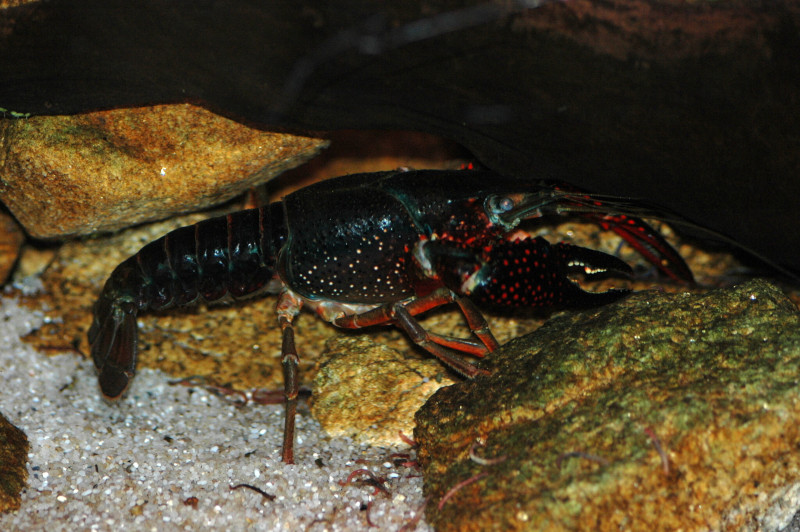
European Lobster Distribution, Habitat, and Ecology
The gorgeous European Lobster evolved as endemic to a moderate portion of the marine regions of the globe. Its very name clearly indicates at least a portion of that zone of habitation, though. Much of its native range extends along the coastline of parts of Europe.
There, it inhabits a range that extends roughly from around Iceland and Norway to the British Isles, France, Spain and Portugal. Some also live in the Mediterranean Sea. From there, it also appears as far south as the waters off Morocco, in northern Africa.
Like most such species, it displays strong and clear preferences regarding its choice of habitat. Due to this, the vast majority of individuals reside on the local continental shelf. This means that they live at comparatively shallow depths, rarely exceeding 492 ft (150 m).
That’s the general extreme limit of depth, however. Most specimens appear in waters measuring no more than 160 ft (50 m) deep. Wherever found, though, the animal prefers to live under rocks or hardened mud, or sometimes in crevices or holes in rock structures.
The European Lobster evolved to mainly feed as a carnivore. It typically does so in an opportunistic manner, though. Each thus consumes a variety of prey, such as clams, mussesl, shrimp, fish, and worms. It also occasionally eats small amounts of algae if available.
Despite its hard exoskeleton, this natural wonder has several natural predators, including large fish such as cod, conger eels, octopuses, and sometimes seals. A natural lifespan under ideal conditions for this marvelous species seems to measure approximately 50 years.
Species Sharing Its Range
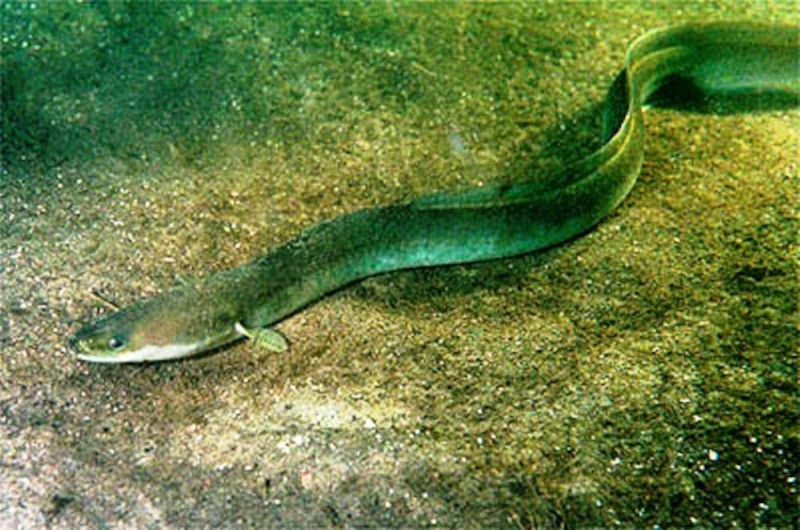
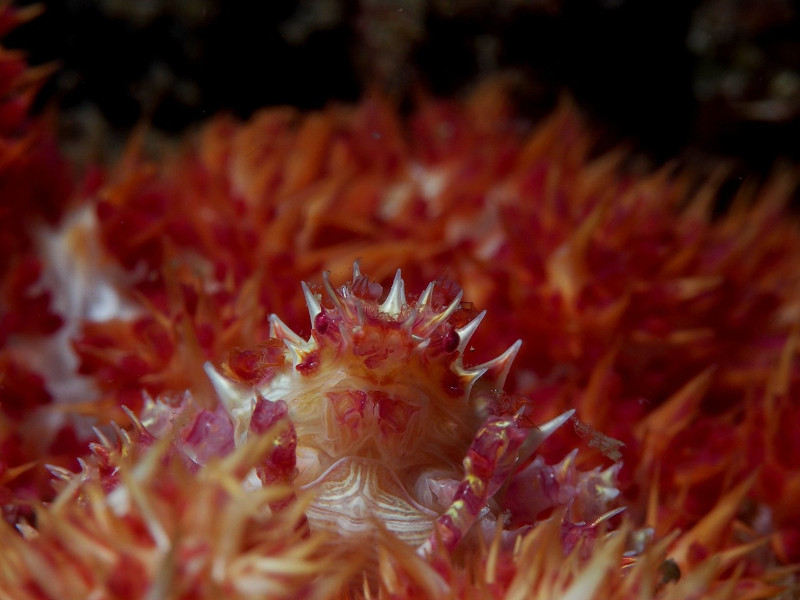
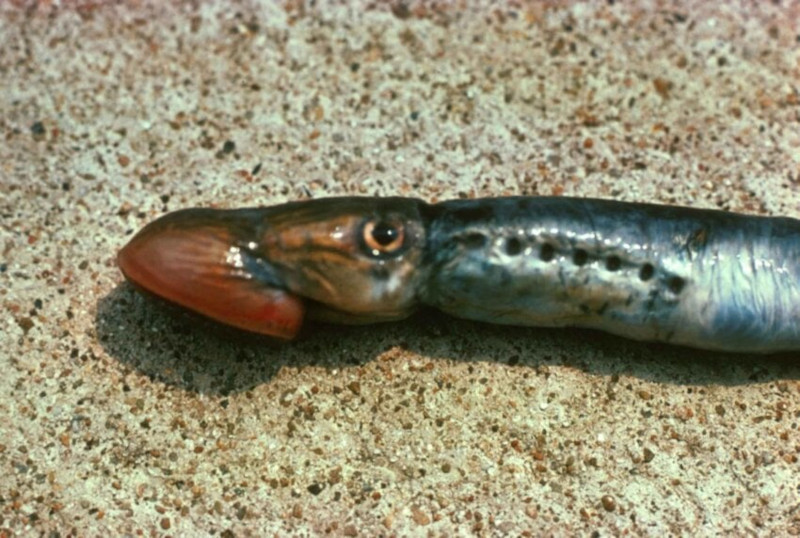
Check out our other articles on 3 Tantalizing North Carolina Trees, Cape Porcupine, Yellowstone Lake, Eastern Sweetshrub, Blue-Winged Wasp, Tiger Shark, Rose’s Ghost Frog, Black Mamba









Leave a Reply